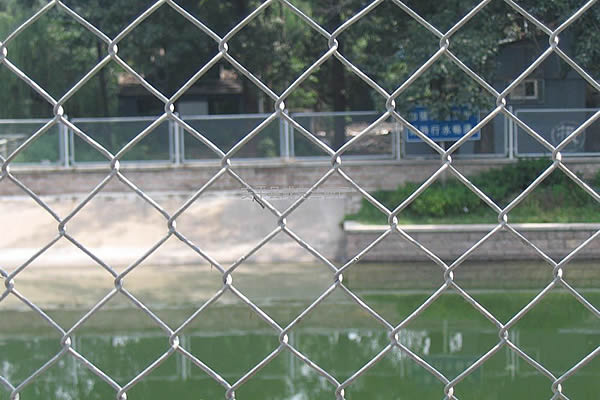 TEL:
+86-13102802206
TEL:
+86-13102802206
 Email:
fencenetting@china.com
Email:
fencenetting@china.com
 Language
Language
 TEL:
+86-13102802206
TEL:
+86-13102802206
 Email:
fencenetting@china.com
Email:
fencenetting@china.com
 Language
Language


Understanding Temp Panels Benefits and Applications
In the construction and renovation industry, the term temp panels refers to temporary walls or partitions that are erected for a wide range of purposes. These panels are designed to be easily installed and removed, making them a practical solution for various temporary needs in both commercial and residential settings. This article delves into the benefits, applications, and considerations surrounding temp panels.
What are Temp Panels?
Temp panels are typically lightweight divisions made from materials like drywall, plywood, or fabric. They can be configured in different sizes and shapes to suit specific requirements. Unlike permanent walls, which involve extensive construction and adhere strictly to building codes, temp panels offer flexibility in design and installation. Their versatility makes them particularly valuable in environments where space needs to be reconfigured frequently.
Benefits of Temp Panels
1. Flexibility and Customization One of the most significant advantages of temp panels is their customizability. They can be tailored to fit any space requirement, allowing for the creation of temporary offices, storage areas, or event spaces. This flexibility makes them invaluable for businesses undergoing renovation or reconfiguration.
2. Cost-Effectiveness Constructing permanent walls can be financially burdensome, especially for short-term projects. Temp panels provide a budget-friendly alternative, enabling companies to allocate resources more efficiently while still achieving functional space divisions.
3. Ease of Installation Temp panels are designed for quick assembly and disassembly. This ease of installation means that workers can set up or take down partitions within hours, minimizing downtime and the disruption often associated with traditional construction work.

4. Disruption Minimization For businesses working in occupied spaces, such as retail or office environments, temp panels allow for necessary renovations or alterations without significantly disturbing daily operations. They can effectively contain dust and noise, maintaining a safer and more pleasant environment for employees and customers.
5. Temporary Solutions for Events In the event industry, temp panels are frequently used to create booths, stages, and other structures for fairs, exhibitions, and conferences. Their adaptability allows event planners to design dynamic spaces that can be modified on the fly.
Applications of Temp Panels
The uses for temp panels are extensive and varied. In construction, they can serve as barriers to protect ongoing work from environmental factors and unauthorized access. In commercial buildings, businesses often utilize temp panels to create makeshift offices during renovations. In educational environments, they can divide classrooms or create testing areas when needed.
Additionally, temp panels find applications in the healthcare sector, where they can be used to create temporary patient rooms or waiting areas, especially during emergencies or overflow situations. In the entertainment industry, they may be employed to design adaptable stage backdrops or audience segregation.
Considerations When Using Temp Panels
While temp panels offer numerous benefits, there are essential considerations to keep in mind. Building codes and regulations should be reviewed, as temporary structures still need to comply with safety and zoning laws. Moreover, careful consideration of the materials used is vital, particularly in environments requiring fire codes or special safety considerations.
In conclusion, temp panels are a valuable asset in construction, renovation, and event management. Their flexibility, cost-effectiveness, and ease of use make them an ideal solution for anyone needing temporary divisions or structures. As businesses and industries continue to adapt to changing environments and challenges, the role of temp panels will likely become even more pronounced, symbolizing innovation and practicality in space management.